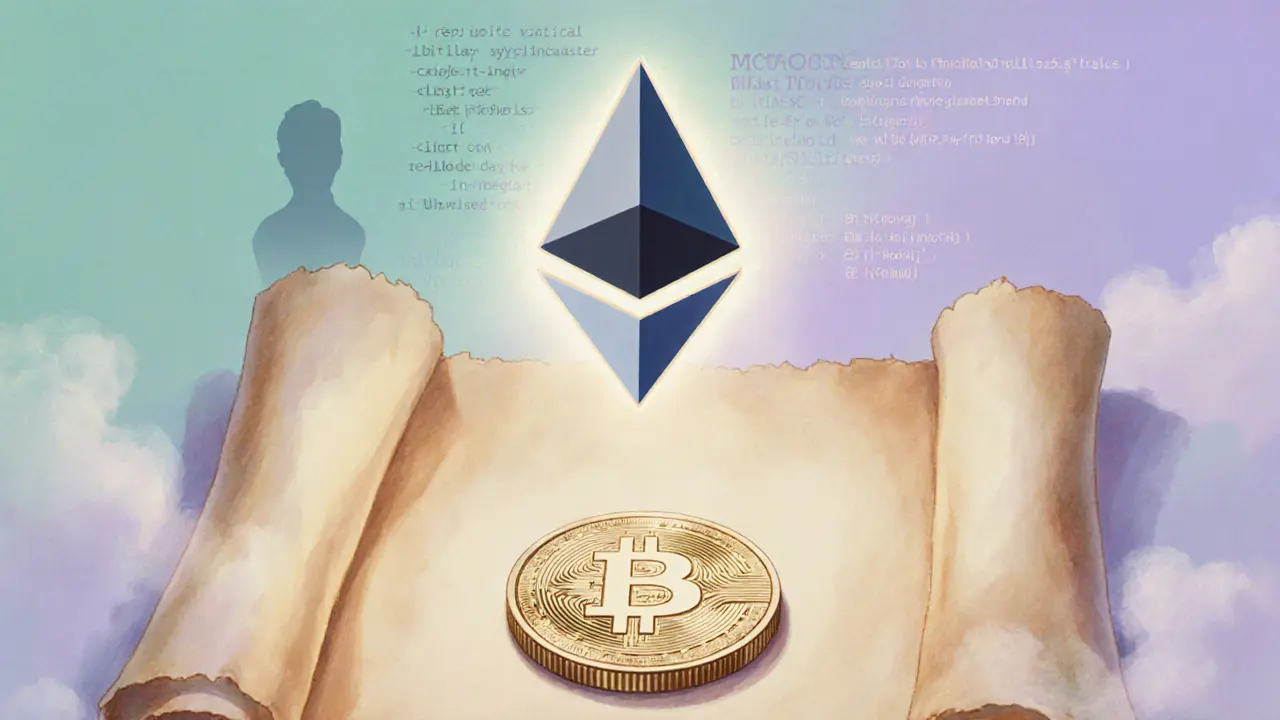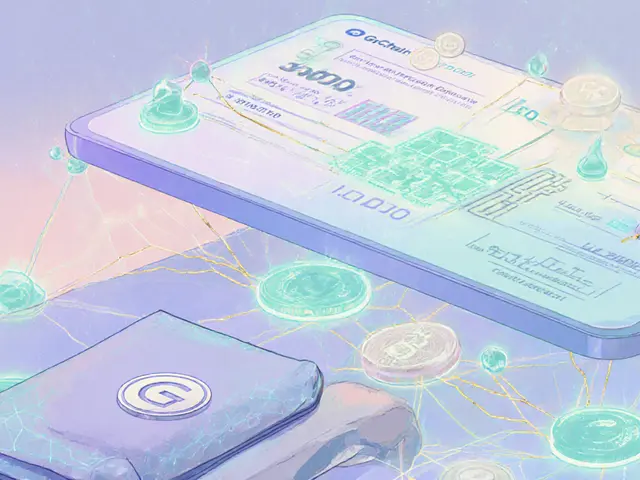ERC-20 Token: The Backbone of Modern Crypto
When working with ERC-20 token, a standardized smart‑contract interface that lets developers create interchangeable crypto assets on the Ethereum blockchain. Also known as Ethereum token standard, it defines how tokens are transferred, how balances are reported, and how users can access token information. This uniformity makes it easy for wallets, exchanges, and dApps to recognize and handle any ERC-20 asset without custom code.
Why ERC-20 Tokens Power DeFi, Airdrops, and Staking
The Ethereum, a public, permissionless blockchain that supports Turing‑complete smart contracts hosts the ERC-20 standard, so every ERC-20 token lives on Ethereum’s network. Because the network is open and globally accessible, developers can launch new projects in hours, and users can interact with them instantly. This environment has given rise to a whole ecosystem of tokenomics, the economic design that determines a token’s supply, distribution, incentives, and governance. Good tokenomics balance scarcity with utility, rewarding holders through staking, liquidity mining, or airdrops. DeFi platforms rely heavily on ERC-20 tokens for liquidity pools, lending, and yield farming. When a new protocol wants to reward early users, it can issue its own ERC-20 token and distribute it via an airdrop—often a free, automated way to bootstrap a community. Staking mechanisms lock ERC-20 tokens in smart contracts, letting participants earn interest while supporting network security or protocol governance. In short, ERC-20 tokens enable seamless value transfer, incentivize participation, and create composable building blocks that other contracts can call. Beyond finance, ERC-20 tokens serve as tickets for NFTs, governance votes, and even real‑world asset tokenization. A yacht‑fraction token, a gaming currency, or a carbon‑credit credit can all be modeled as an ERC-20 token, leveraging the same standards that power Bitcoin‑like coins. This flexibility explains why the majority of new crypto projects start as ERC-20 assets before branching out to other standards like ERC-721 or ERC-1155. If you’re curious about how a specific token works—whether it’s a meme coin, a utility token, or a security‑grade asset—our collection below breaks down the mechanics, token distribution, risks, and real‑world use cases. From OSEAN’s yacht‑tokenization model to the staking features of REV3AL, each guide gives you the practical details you need to evaluate, trade, or build on top of an ERC-20 token. Ready to see the variety of ERC-20 projects and get actionable insights? Keep scrolling to explore the curated articles that dive deep into token profiles, airdrop strategies, regulatory outlooks, and the tech that keeps these tokens moving.

Learn what Wrapped MistCoin (WMC) is, its historic roots, tokenomics, market data, and how to trade this collectible ERC‑20 token.
Jonathan Jennings Feb 12, 2025




